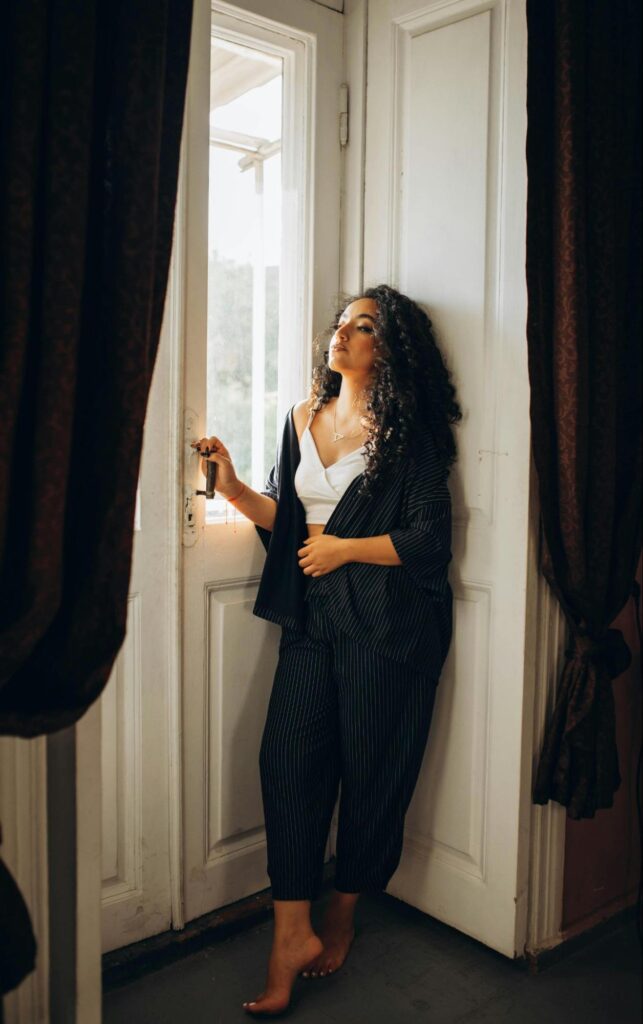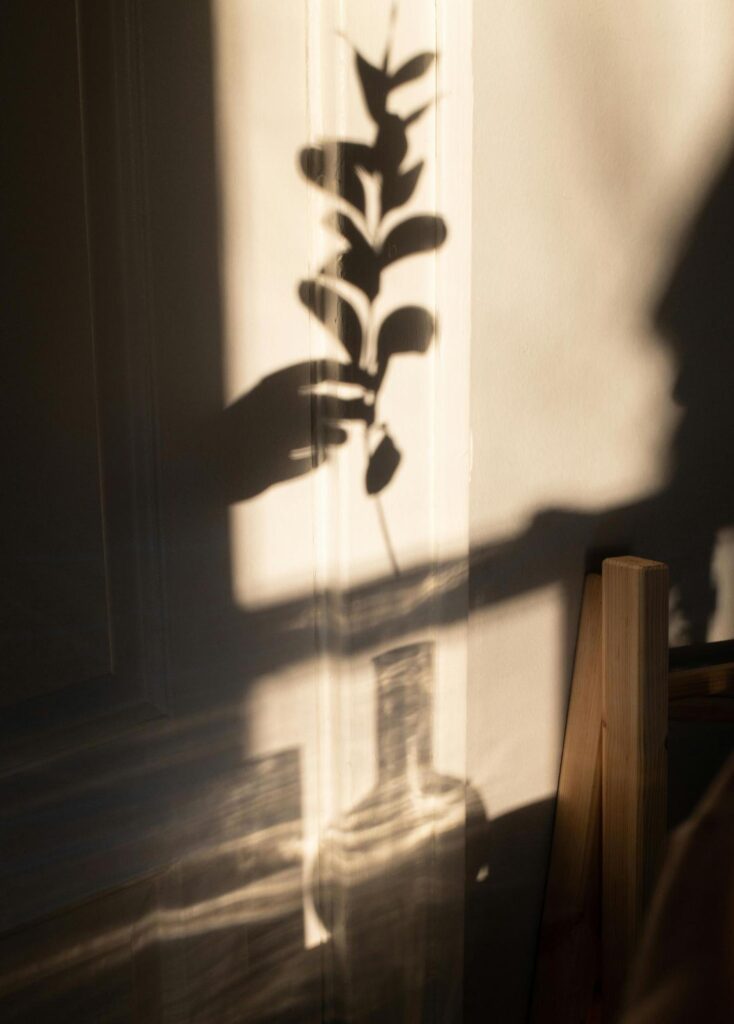In recent years, homeowners and businesses have become more concerned about energy efficiency and the environmental impact of their buildings. As a result, Low-E (low-emissivity) glass has gained popularity for its ability to reduce heat transfer and improve insulation. However, many people wonder if they can still enjoy the benefits of window film on their Low-E glass windows. In this article, we will explore the science behind Low-E glass, the basics of window film, the compatibility of window film and Low-E glass, considerations before applying window film on Low-E glass, and the benefits of applying window film on Low-E glass.
Understanding Low-E Glass
Low-E glass is specifically designed to minimize the amount of infrared and ultraviolet light that passes through it, keeping the interior of a building cooler in hot climates and warmer in cold climates. This type of glass contains a microscopically thin, transparent coating that reflects heat while still allowing visible light to pass through. The coating is typically composed of metal or metal oxides.
Low-E glass is a revolutionary technology in the realm of energy-efficient building materials. Its ability to regulate interior temperatures by controlling the transmission of heat and light makes it a popular choice for environmentally conscious architects and homeowners alike. By harnessing the power of nanotechnology, Low-E glass can strike a delicate balance between insulation and illumination, creating a comfortable and sustainable living environment.
The Science Behind Low-E Glass
The reflective properties of Low-E glass are a result of its coating. When infrared light hits the coating, it reflects into the room, reducing the amount of heat that is transferred through the glass. In addition, the coating also blocks a significant amount of ultraviolet light, which can cause fading and damage to furnishings and artwork.
Furthermore, the science behind Low-E glass extends beyond its immediate benefits. By reducing the reliance on artificial heating and cooling systems, buildings equipped with Low-E glass contribute to a decrease in energy consumption and greenhouse gas emissions. This not only leads to cost savings for the occupants but also plays a small yet significant role in combating climate change on a global scale.
Different Types of Low-E Glass
There are two main types of Low-E glass: passive Low-E glass and solar control Low-E glass. Passive Low-E glass is designed to maximize heat retention during the winter months, while still allowing solar heat gain to help warm the interior. Solar control Low-E glass, on the other hand, is designed to minimize solar heat gain during the summer months, reducing the need for air conditioning.
Each type of Low-E glass offers unique advantages depending on the climate and specific needs of the building. Passive Low-E glass is ideal for regions with harsh winters, where maintaining a consistent indoor temperature is crucial for occupant comfort. On the other hand, solar control Low-E glass shines in hot climates, where reducing solar heat gain can significantly lower cooling costs and enhance energy efficiency.
The Basics of Window Film
Window film is a versatile and practical solution for enhancing the functionality and aesthetics of windows. This thin, adhesive film can be easily applied directly to the surface of windows, offering a myriad of benefits to homeowners and businesses alike. In addition to providing increased privacy and reducing glare, window film also contributes to improved safety and enhanced visual appeal. Furthermore, certain types of window film offer additional advantages such as insulation properties and protection against harmful UV rays.
When it comes to choosing the right window film for your needs, it’s essential to understand the different options available in the market. From decorative film to solar control film, each type serves a specific purpose and offers unique features to cater to various requirements.
What is Window Film?
Window film is typically manufactured from polyester, ensuring durability and longevity. It is offered in a range of thicknesses and compositions to suit different applications. The two primary categories of window film are decorative film and solar control film. Decorative film is a popular choice for adding style and privacy to windows, with a wide array of patterns and designs to choose from. On the other hand, solar control film is engineered to enhance energy efficiency by minimizing heat transfer through windows.
Various Types of Window Film
When exploring solar control window film options, you’ll encounter varieties such as reflective film, spectrally selective film, and ceramic film. The reflective film stands out for its high reflectivity, offering superior heat rejection capabilities to keep interiors cool and comfortable. The spectrally selective film is designed to block specific wavelengths of light while allowing visible light to pass through, effectively reducing heat gain. Ceramic film, renowned for its robustness, boasts exceptional UV and heat rejection properties, making it a top choice for those seeking long-lasting performance and protection.
Can Window Film Be Applied on Low-E Glass?
While window film can be applied to various types of glass, it is important to consider the compatibility of window film and Low-E glass.
The Compatibility of Window Film and Low-E Glass
Window film can be applied to most types of Low-E glass, but it is essential to check with the manufacturer or a professional installer to ensure compatibility. Some types of Low-E glass have coatings that may not bond well with certain window films or that may be damaged during the installation process.
Low-E glass, short for low-emissivity glass, is designed to minimize the amount of ultraviolet and infrared light that can pass through the glass while still allowing visible light to enter. This helps to improve energy efficiency by reducing heat transfer through the windows. However, the unique properties of Low-E glass can sometimes pose challenges when it comes to applying window film.
Potential Issues with Applying Window Film on Low-E Glass
One potential issue with applying window film on Low-E glass is the risk of thermal stress. Because Low-E glass reflects heat into a room, the heat absorbed by the window film may become trapped, causing the glass to become too hot and potentially crack or break. To avoid this issue, it is important to choose a window film that is compatible with Low-E glass and to follow the manufacturer’s recommendations for installation.
Another consideration when applying window film on Low-E glass is the impact on the glass’s performance. Some window films can affect the performance of Low-E coatings, reducing their effectiveness in blocking ultraviolet and infrared light. This can result in decreased energy efficiency and potential damage to the glass over time. It is crucial to select a window film that will not compromise the benefits of Low-E glass and to consult with a professional to ensure proper installation.
Considerations Before Applying Window Film on Low-E Glass
Before applying window film on Low-E glass, there are several considerations to keep in mind. Low-emissivity (Low-E) glass is designed to minimize the amount of ultraviolet and infrared light that can pass through the glass, providing better insulation and energy efficiency for your home or building.
One important consideration is the type of Low-E glass you have. There are different types of Low-E coatings, each offering varying levels of solar control and insulation. Understanding the specific characteristics of your Low-E glass will help you select the most compatible window film.
Assessing Your Needs and Goals
First, assess why you want to apply window film on your Low-E glass windows. Are you primarily looking for increased energy efficiency, enhanced privacy, or improved aesthetics? Understanding your needs and goals will help you choose the right type of window film for your specific situation.
Another factor to consider is the orientation of your windows. South-facing windows receive more direct sunlight while north-facing windows receive indirect light. The orientation of your windows will impact the amount of heat gain and loss, which can influence the type of window film that is most effective.
Professional Consultation and Installation
When it comes to applying window film on Low-E glass, it is highly recommended to seek professional consultation and installation. A professional installer will have the expertise and experience to determine the compatibility of your specific Low-E glass and recommend the most suitable window film.
Additionally, professional installation ensures that the window film is applied correctly, minimizing the risk of air bubbles or creases that can affect its performance. Proper installation is crucial for maximizing the benefits of window film on Low-E glass, such as improved energy efficiency and UV protection.
Benefits of Applying Window Film on Low-E Glass
Despite the potential challenges, there are several compelling benefits to applying window film on Low-E glass.
Energy Efficiency and Savings
By reducing the amount of heat that enters or escapes through your windows, window film can significantly improve the energy efficiency of your building. This can result in lower heating and cooling costs, reduced reliance on artificial lighting, and a smaller carbon footprint.
Enhanced Comfort and UV Protection
Window film can block a significant amount of harmful ultraviolet (UV) radiation, which is not only responsible for fading and damage to furnishings and artwork but also poses a risk to human health. Additionally, some types of window films can help reduce glare and regulate the amount of natural light entering a room, enhancing comfort and creating a more pleasant indoor environment.
Furthermore, the application of window film on Low-E glass can also provide added privacy and security benefits. Certain types of window films are designed to enhance privacy by reducing visibility from the outside while still allowing natural light to filter through. This can be particularly beneficial for spaces where confidentiality is important, such as offices or conference rooms.
Improved Aesthetics and Design Flexibility
Another advantage of using window film on Low-E glass is the potential for enhanced aesthetics and design flexibility. Window films come in a variety of styles, patterns, and shades, allowing you to customize the look of your windows to complement the overall design of your building. Whether you prefer a sleek, modern appearance or a more traditional aesthetic, there is a window film option to suit your preferences.
In conclusion, while applying window film on Low-E glass may present potential challenges, it is possible to enjoy the benefits of both technologies. By understanding the science behind Low-E glass, the basics of window film, and the specific considerations and benefits of applying window film on Low-E glass, you can make an informed decision about improving the energy efficiency, comfort, privacy, and aesthetics of your building.


